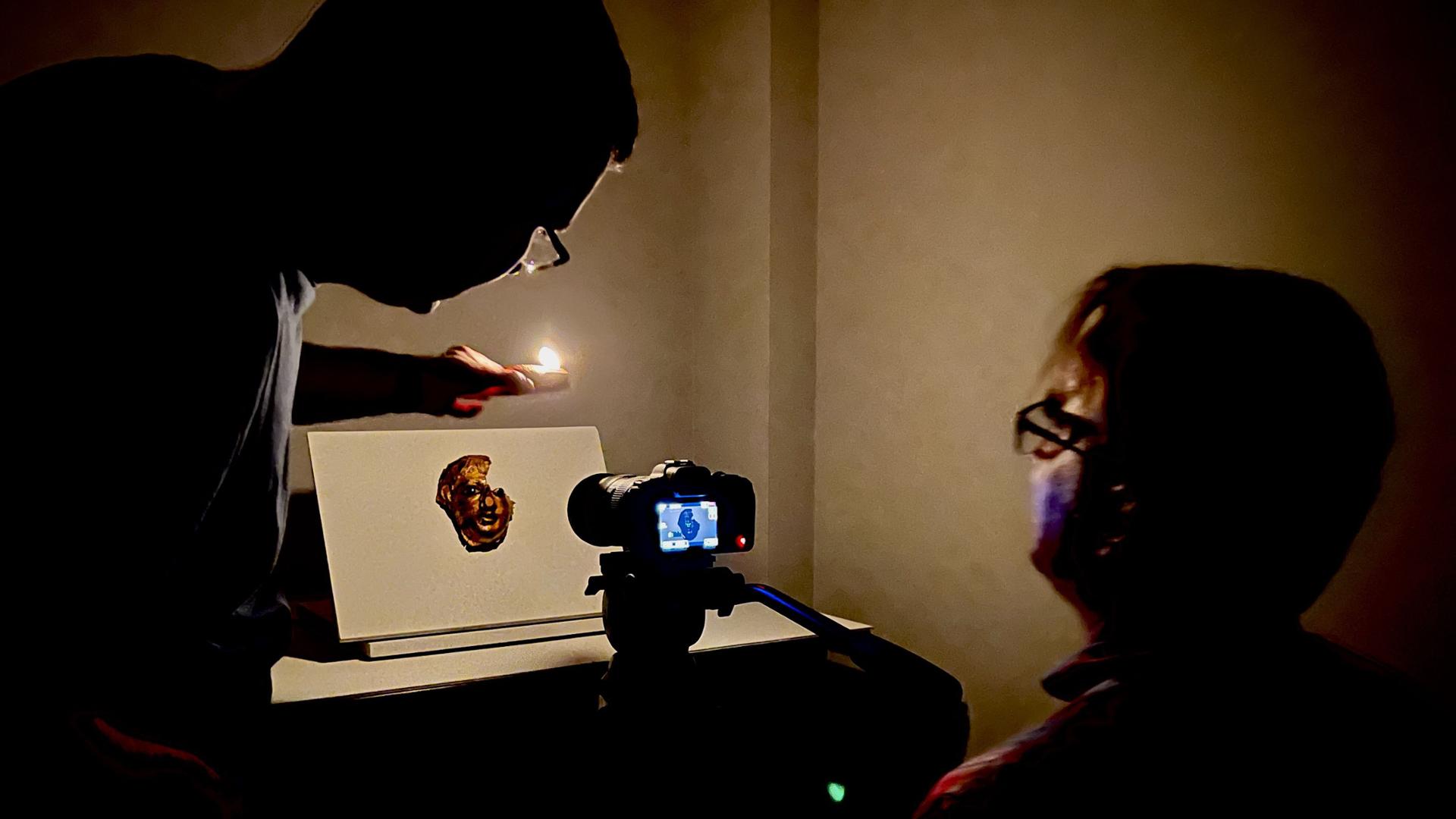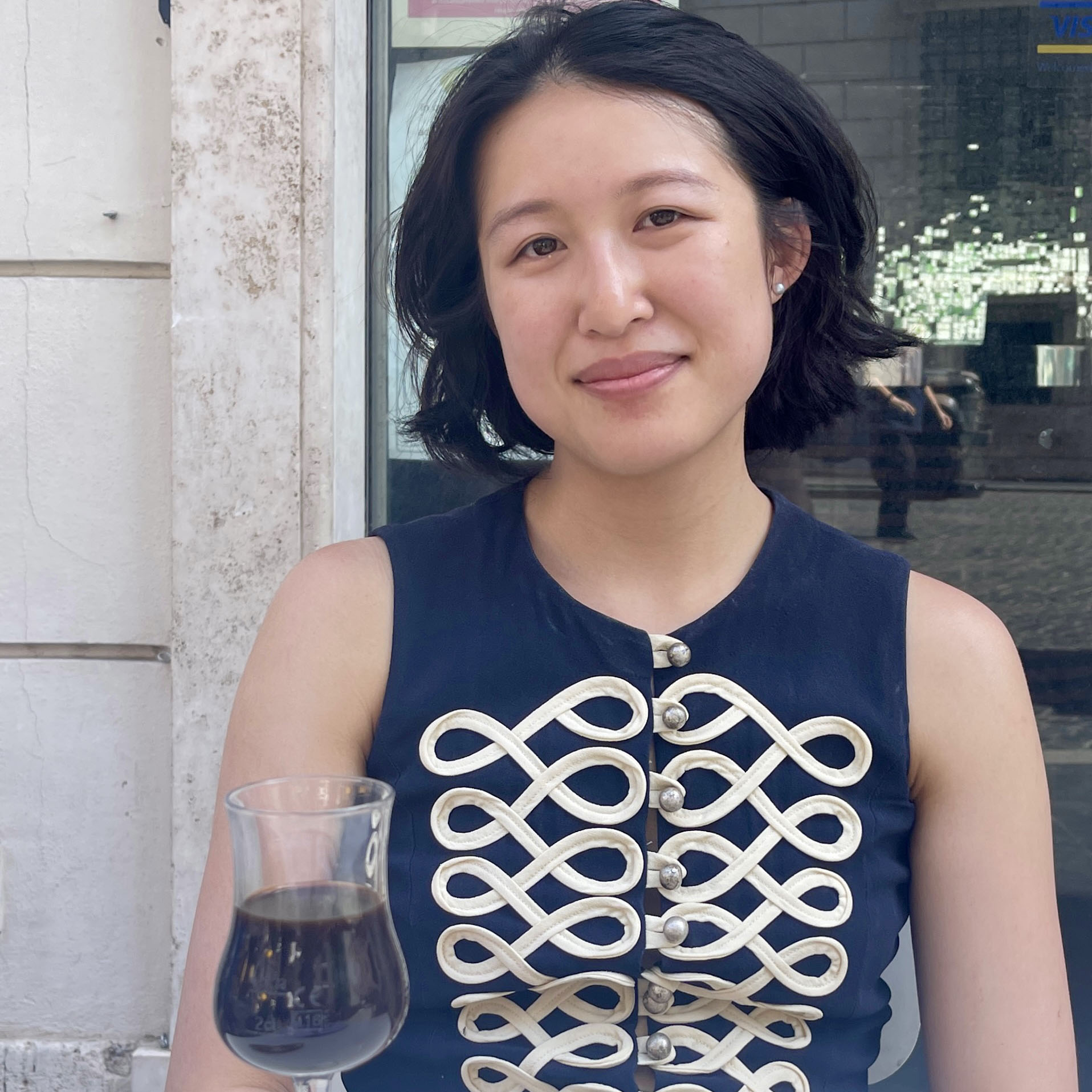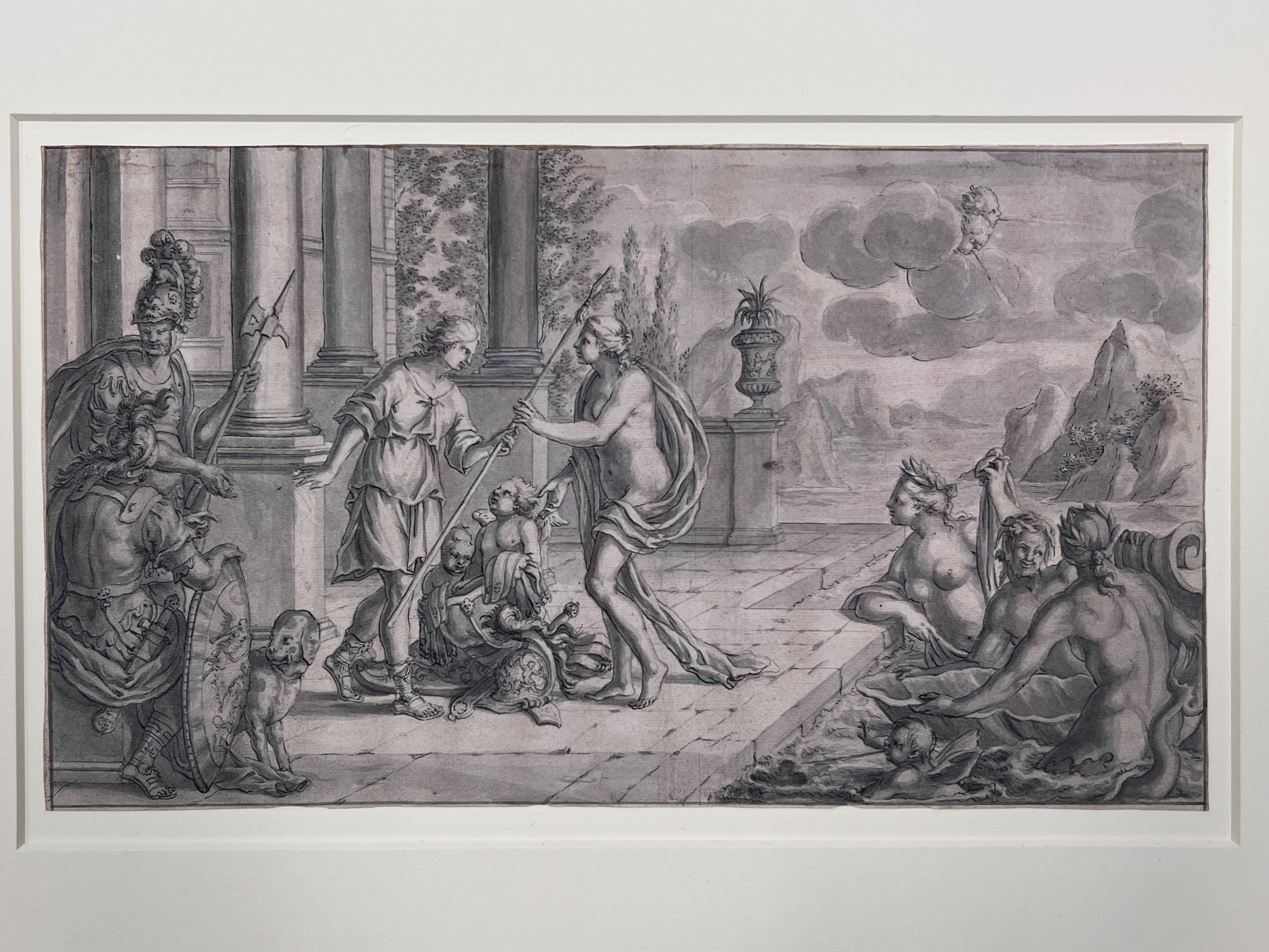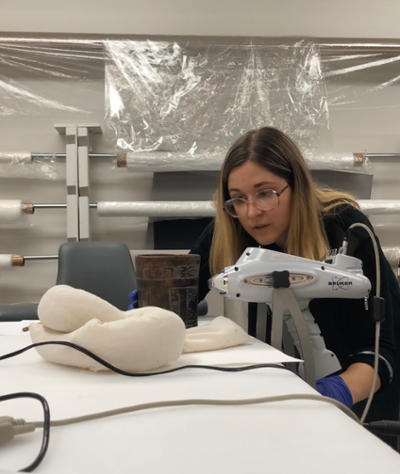
The Mellon Graduate Fellowship in Object-Centered Curatorial Research
Administered by a partnership among the Art History Department and the Michael C. Carlos Museum, this fellowship brings together students, faculty, curators, and conservators. Each year, art history graduate students are awarded fellowships to work directly with objects selected in consultation with faculty and curatorial advisors, and to consider questions of authorship, manufacture, presentation, and preservation. This fellowship is primarily intended for graduate students who have completed at least their first year of studies in the Art History department.
Fellows focus on specific objects in the museum's collections, ideally related to their doctoral research. They work with faculty, curatorial, and conservation advisors to develop questions and define the research scope. Fellows engage in independent research, which can include travel to relevant collections, institutions, or libraries in the U.S. or abroad, to examine relevant objects, consult researchers, and review documents. The faculty advisor, curator, or appropriate field expert is involved in the planning and accompanies the fellow on these research trips. Fellows also undertake a directed reading course with their faculty advisor and enroll in either Technical Art History or Issues in the Conservation of Art and Cultural Property.
Fellows’ research findings are presented at the annual Art History Graduate Symposium, a public museum event, or a professional conference.
2024 Fellows
 Audrey Lin is a PhD student specializing in early modern Italian art. She is also a graduate intern at the Emory Center for Digital Scholarship. Audrey graduated summa cum laude in 2020 at New York University with a double major in Art History and Film/Television. She is currently working on her qualifying paper, which focuses on the performativity of a small but extravagant banquet orchestrated by Flavio Chigi in Rome, 1668.
Audrey Lin is a PhD student specializing in early modern Italian art. She is also a graduate intern at the Emory Center for Digital Scholarship. Audrey graduated summa cum laude in 2020 at New York University with a double major in Art History and Film/Television. She is currently working on her qualifying paper, which focuses on the performativity of a small but extravagant banquet orchestrated by Flavio Chigi in Rome, 1668.
As a 2024 Mellon Fellow in Object-Centered Curatorial Research, Audrey will be working on a group of early modern European drawings (ex coll. Paul L. Grigaut) purchased by the Emory Art History Department in 1970. Among these, she is especially interested in one depicting the presentation of arms by Venus to Aeneas, a subject taken from Book VIII of Virgil's Aeneid, in which Venus bestows her son with arms to defeat the indigenous tribes of Italy, the result of which leads to the mythical founding of Rome. The refined state of the drawing suggests that the work was intended as a preparatory drawing for something else, perhaps an engraving, a wall painting, or a tapestry. Audrey will be undertaking visual and technical analyses with the hopes of examining both the history of the Aeneas drawing, as well as the collection history of the larger group of works.

 Samantha LaValliere is a PhD student at Emory University specializing in ancient Mesoamerican art, specifically ancient Maya art and epigraphy. She is particularly interested in the use of art as a tool of political power. Samantha graduated cum laude from Tulane University with a Bachelor's in Anthropology. She received her Master's degree in Anthropology from Tulane University in 2017.
Samantha LaValliere is a PhD student at Emory University specializing in ancient Mesoamerican art, specifically ancient Maya art and epigraphy. She is particularly interested in the use of art as a tool of political power. Samantha graduated cum laude from Tulane University with a Bachelor's in Anthropology. She received her Master's degree in Anthropology from Tulane University in 2017.
As a recipient of the 2024 Mellon Fellowship in Object-Centered Curatorial Research, Samantha plans to continue her study of an Early Classic Maya blackware vessel. The vessel was donated to the Carlos Museum by William and Carol Thibadeau in 1990. The finely incised iconography features a tessellated band of interlocking forms around its opening, as well as dual motifs featuring the head of a supernatural creature. Although these creatures are similar, one is distinguished with the sign for darkness beneath its eye, while the other is missing this feature. The project seeks to further understand the vessel's cultural salience and technical construction, in addition to its life history as an object and its path to display at the Carlos Museum. One aim of the study of the object would be to achieve a more complete understanding of these various iconographic associations, considering their relevance to the context of Early Classic burial with which blackware is typically associated.
